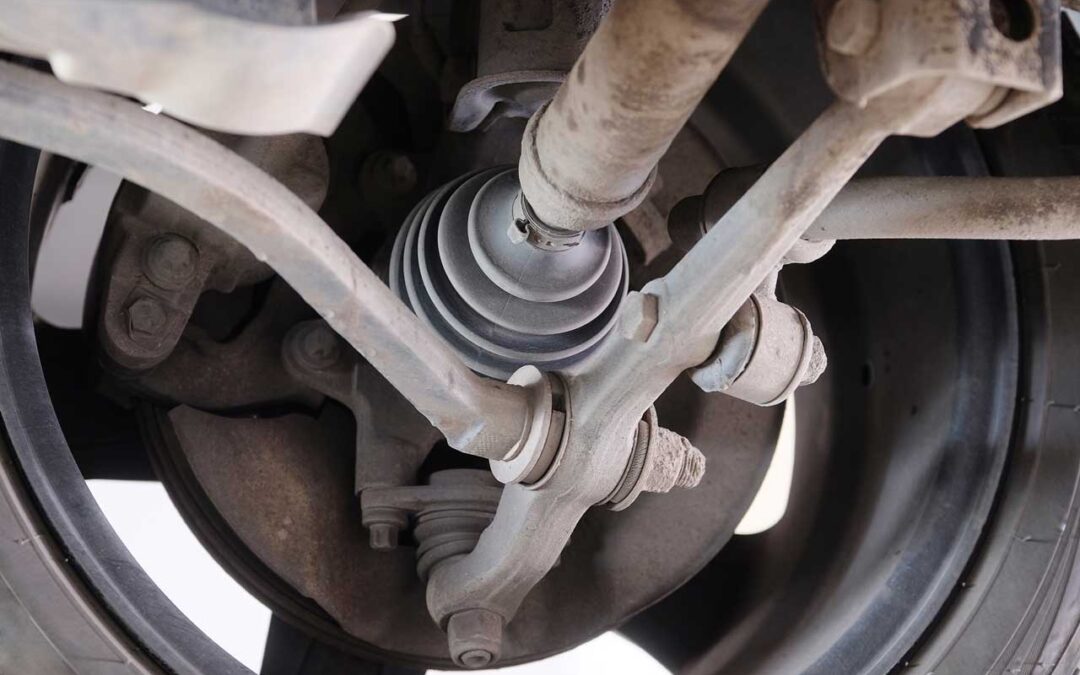How Do I Know if I Have a Bad CV Joint?
CV stands for constant velocity. CV joints transfer power from your vehicle’s transmission and differential to the wheels. It’s a greased, flexible joint that lets the axle flex with road conditions. A bad CV joint does not.
The joint is packed with grease to keep out debris. Because they are under a lot of stress, they will eventually wear out and need to be replaced. There are a few tell-tale signs that will let you know you have a bad CV joint that needs replacing.
Loud clicking noises when turning
One of the most common signs of a bad CV joint is an audible clicking noise when you’re turning. As the joint wears, it becomes loose which produces the clicking noise. The sound may become louder when you’re making faster turns and will be pretty pronounced on the side that needs replacing.
Excessive vibrations
If your CV joint or axle is damaged, it won’t rotate properly. This will cause the shaft to vibrate when you’re driving. You may notice the vibrations becoming more pronounced as you increase speed. Excessive vibrating can interfere with the handling of the car and be a serious safety issue. If this is the case, you’ll need to have the joint and axle replaced.
Tear in the CV Boot
A CV boot is a protective rubber boot enshrouding the joint. CV joints can last 100,000 miles or more if the CV boot remains intact. If you can see a tear in the CV boot, it may mean your CV joint needs replacing. The boot keeps the grease in and dirt, debris and water out. Rub the grease between your fingers. If it feels gritty, the CV joint is already contaminated.
If you suspect that you have a bad CV joint or a torn CV boot, bring your vehicle in to Courthouse Automotive. Our ASE-certified technicians will inspect it for you and give you an honest quote.

